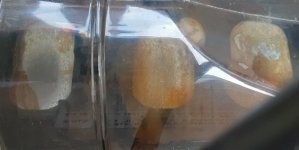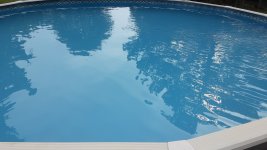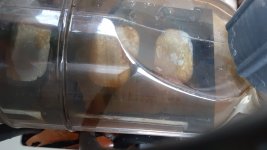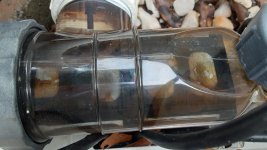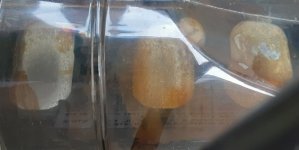- Oct 17, 2014
- 28
- Pool Size
- 12500
- Surface
- Vinyl
- Chlorine
- Salt Water Generator
- SWG Type
- Intex Krystal Clear
I've been through at least 3 of these Intex swg's for my above ground (non-Intex) pool in the last 7-8 years. I loved them and didn't mind replacing every 2-3 years until the price jumped from $150 to $800. I got the notorious 'low salt" error last year. We bypassed the display (control board thingey?) so that now we only have the red "on" light displayed. I don't think it worked. My plates keep getting corroded .....I've never even had to clean them in the past....they just never got dirty. I took them out an soaked in a mason jar of vinegar. They looked better but don't think it helped. I swapped plates from a unit in my Intex junkyard under the deck but they got dirty too. Im probably going to switch to chlorine for now but I'm having a hard time getting the water clear. Are the dirty plates a problem? Do I have to remove the unit? I don't have shut off valves and the plumbing isn't pretty so it's not fun to work on. I got a water test from the pool store to verify my CYA was very low etc etc and it said i had a lot of metals? Not even sure what that means. Is it the yucko swg?


